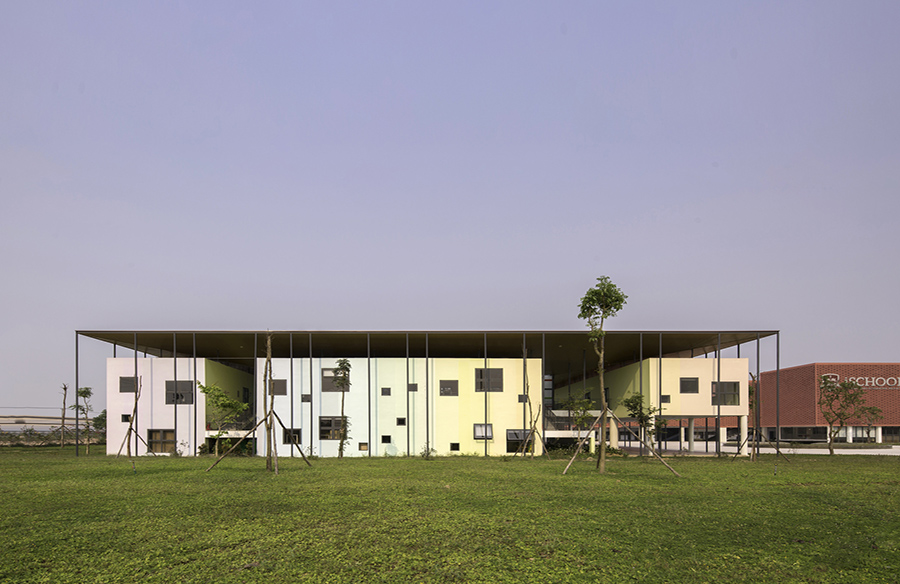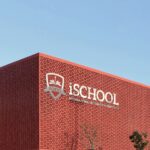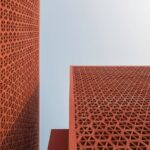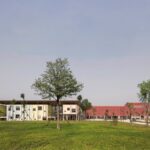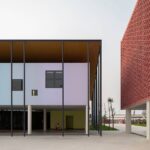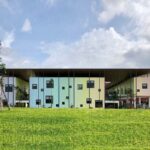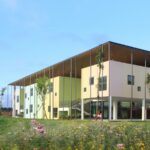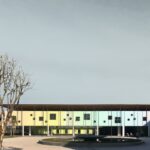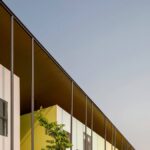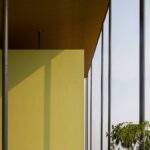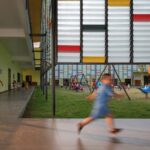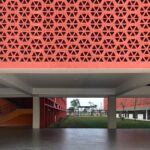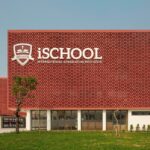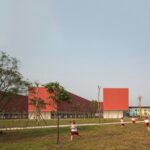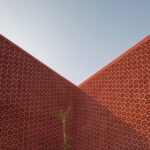Introduction
Ischool Quang Tri, designed by BHA Studio, is situated on a 50,000 square meter area along Hung Vuong street, the main route of Dong Ha city, Quang Tri. With a capacity to accommodate 2000 students from preschool to high school, the school features various facilities including administrative offices, a kitchen, canteen, sports facilities, swimming pool, dormitory, specialist housing, basketball court, running track, and experimental garden.
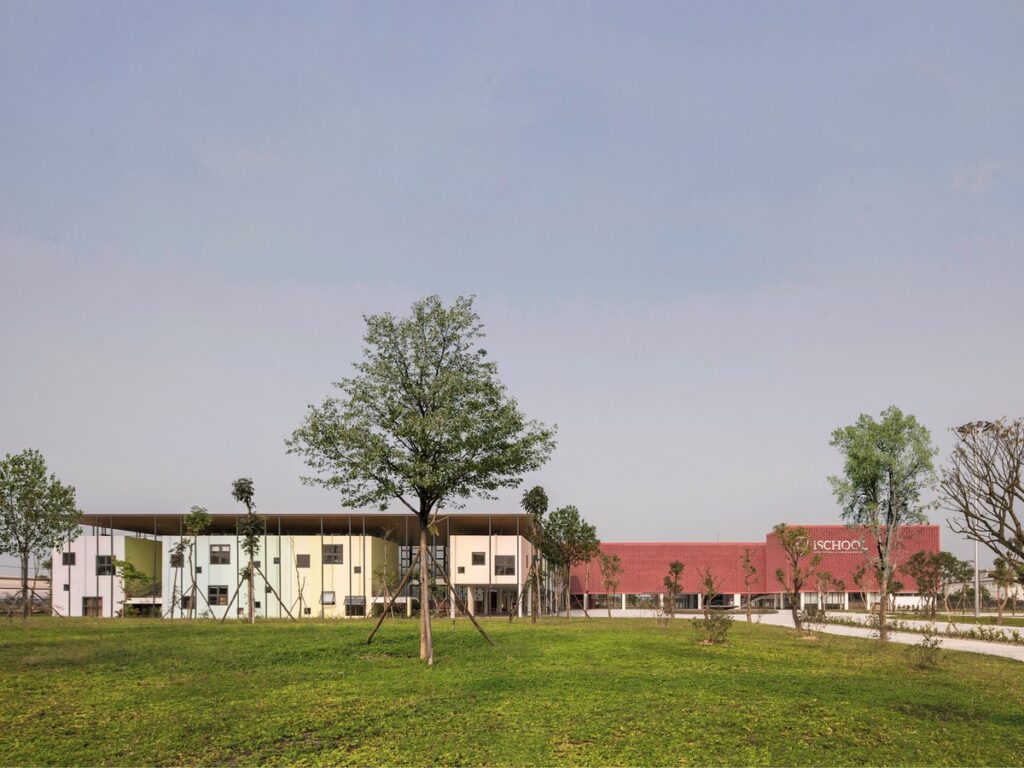
Design Concept
The design concept of Ischool Quang Tri revolves around connection, openness, and integration. The modern architectural style incorporates building blocks intertwined with trees and water surfaces. Public spaces like the living room and study areas are designed to be open, encouraging interaction among students. The central hall, featuring an atrium space, serves as a focal point where various activities promote self-expression and confidence among students.
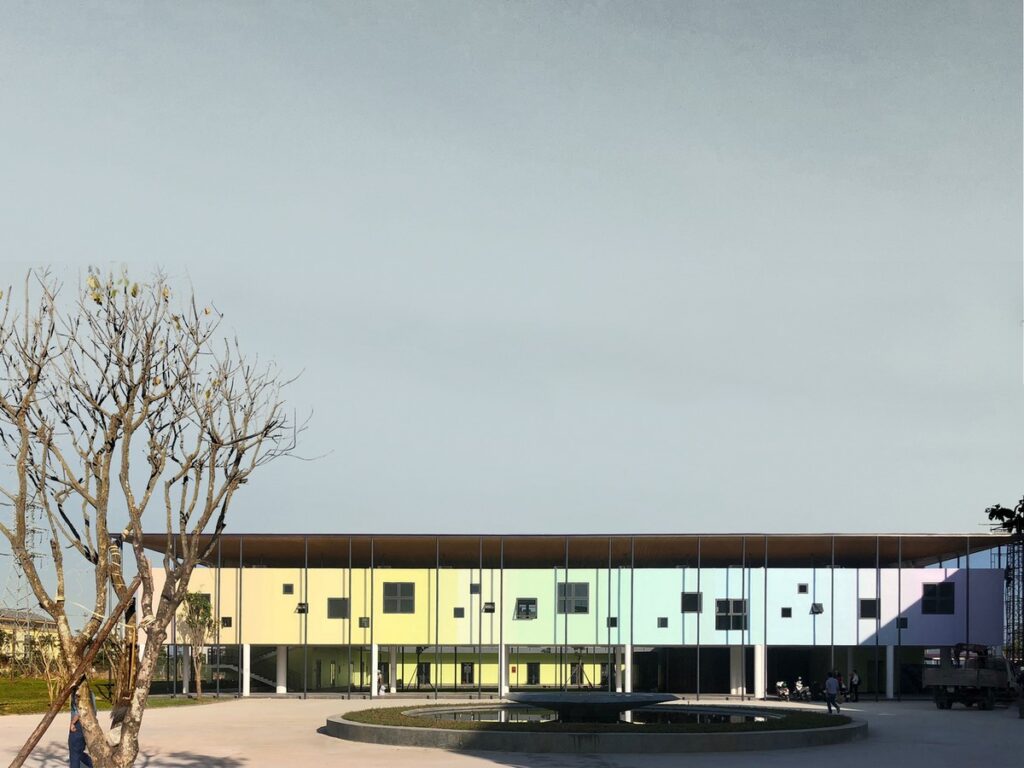
Climate Considerations
The design takes into account the specific climatic conditions of the locality to optimize environmental performance. Classrooms are oriented towards the southeast to capture cool breezes while minimizing direct exposure. A double-layer wall and roof system helps reduce heat radiation, and ample space is allocated for natural ventilation. Water harvesting lakes collect rainwater from the roof, mitigating heat from the hot southwest wind and providing irrigation for plants. Extensive research is conducted to select tree species suitable for the Quang Tri region, contributing to a green, sustainable, and inspiring school environment.
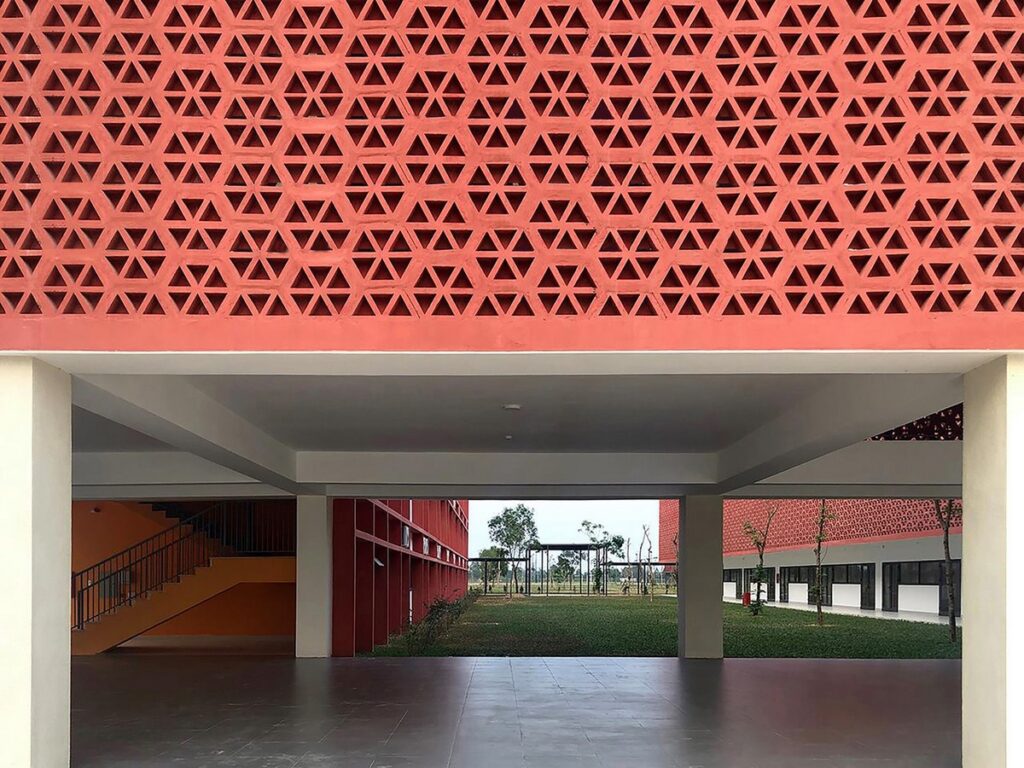
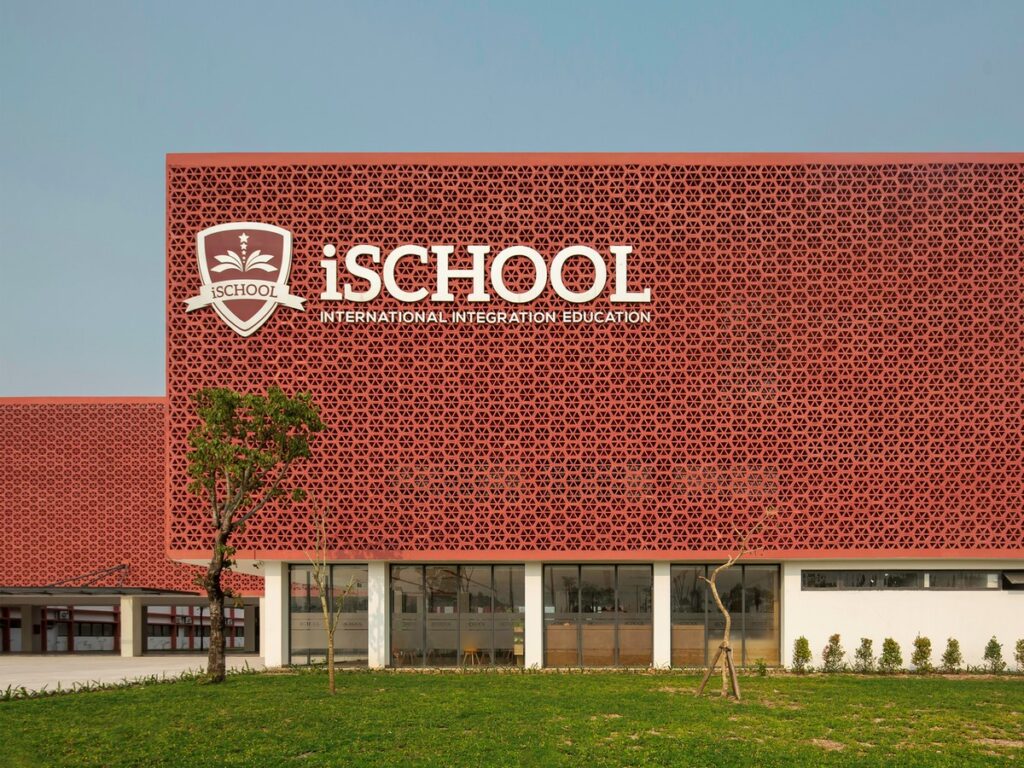
Conclusion
Ischool Quang Tri exemplifies a commitment to sustainable design principles while providing a conducive learning environment for students. Through thoughtful architectural interventions and environmental considerations, BHA Studio has created a school that not only meets educational needs but also fosters a sense of connection with nature. With its innovative design and emphasis on sustainability, Ischool Quang Tri sets a precedent for future educational facilities in the region.


